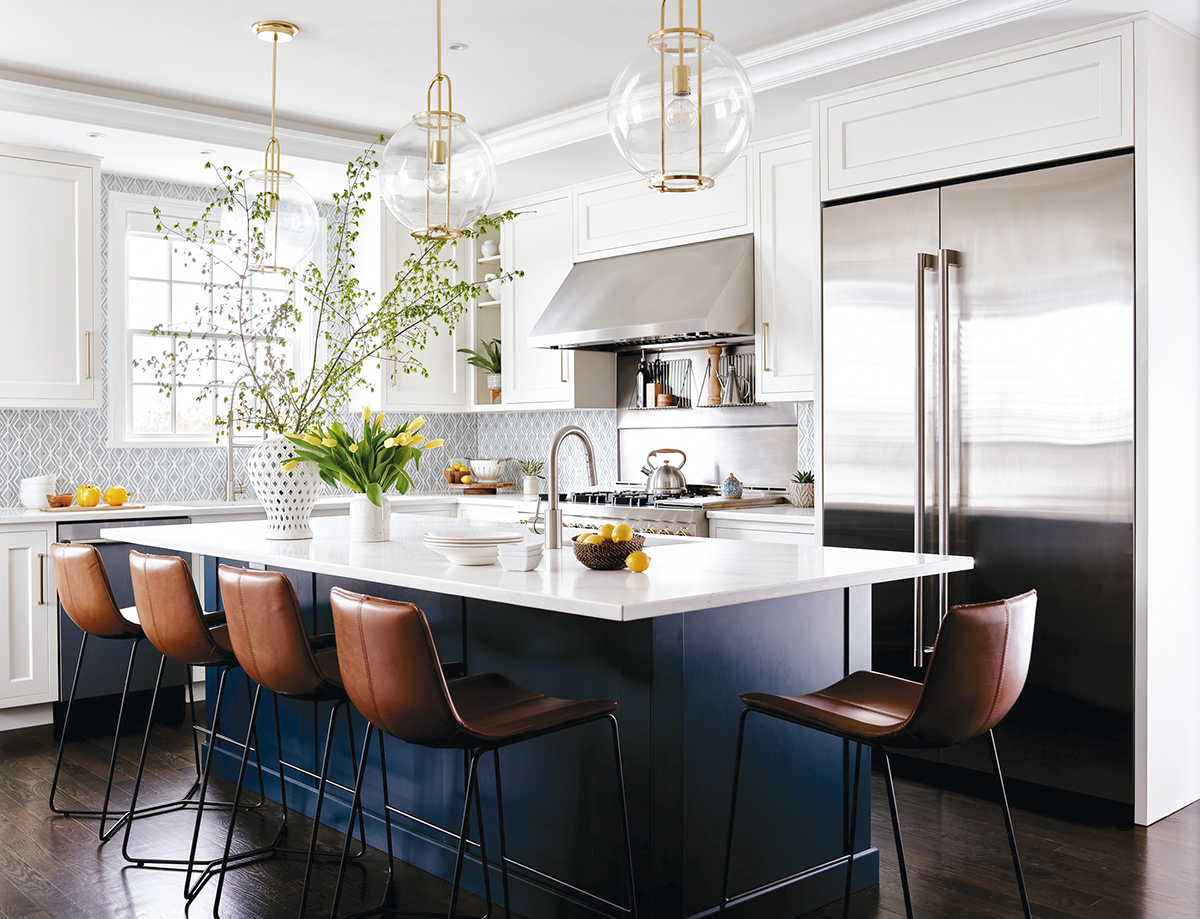The spring garden of gardening doyenne Rosemary Alexander is a perfect example of her ethos of marrying the practical with the romantic.
The one acre garden of Sandhill Farm House is set around the pretty 17th-century farmhouse, and when Rosemary moved there in 2000, presented the perfect blank canvas.
‘When I first saw the garden at Sandhill, I realized that the two different spaces in the front garden and the rear garden had the potential of being turned into several different garden rooms, each with its own identity and planting,’ Rosemary recalls.
Below, you can find out how she transformed the garden and be inspired to add some of her designs to your own English garden ideas.
(Image credit: Leigh Clapp)
Rosemary Alexander has been inspiring and educating gardeners for nearly 40 years through the renowned The English Gardening School.
The first woman to be elected a Fellow of the Society of Garden Designers, alongside her horticultural career, Rosemary has developed her own home gardens.
A hands-on gardener, she readily admits the hard work and effort involved when deciding how to plan a garden.
With Sandhill Farm House, she drew up a grid stemming from the house, and marked out different areas, each with their own character but flowing together as a whole. The design came first, followed by ideas for plantings. ‘Lines go on paper but the planting plans are in my head,’ she explains.
(Image credit: Leigh Clapp)
Stepping into the garden through an arch in the perimeter beech hedge, which is a good choice for fast growing hedges, you encounter the rich tapestry of shrubs, herbaceous plants, bulbs and climbers within a framework of clipped evergreens and topiary that characterizes the garden.
(Image credit: Leigh Clapp)
A wide gravel garden path runs the length of the front garden to a pretty bench, with a step down into a woodland garden and a sunny terrace by the house.
‘Spring is probably the most exciting time in the front woodland garden starting off with many different galanthus,’ explains Rosemary, which is fitting inspiration for anyone wanting to know how to plant snowdrops.
(Image credit: Leigh Clapp)
The snowdrops ‘are followed by three different varieties of hamamelis, then by other early spring scented flowering shrubs such as Daphne bholua Jacqueline Postill and unusual spring bulbs, including the dwarf Iris histrioides Lady Beatrix Stanley.’
An expert in how to plant daffodil bulbs, she includes unusual varieties such as Narcissus ‘Pipit’.
(Image credit: Leigh Clapp)
Gravel paths wind through the woodland, which has the illusion of space thanks to the clever design of raised bed ideas and mounded contours, canopies of cherry trees, and other deciduous trees underplanted with rare and beautiful plants.
(Image credit: Leigh Clapp)
Seats are placed to take in the atmospheric scene, and no space is wasted, with communities of woodland plants carefully selected, and intertwining in a deceptively casual look.
Other notable plants include graceful magnolias with long-lasting clear pink blooms, which are among the best trees for front yards, fragrant winter hazel, along with an array of underplanting from bergenias, hellebores, pulmonarias, hostas and Brunnera macrophylla ‘Jack Frost’. It is a lesson in how to plant a flower bed.
(Image credit: Leigh Clapp)
A shrub that stands out for most of the year – and one of the best winter plants for pots and borders – is Cornus sanguinea ‘Midwinter Fire’.
‘We cut back the leafy stems to about half their height in early May, which allows their leafless red stems to light up the front garden for the next year. Underplanted with snowdrops for early in the year these are followed by the copper colored fern Dryopteris erythrosora, and for later in the year the purple flowered Liriope muscari,’ Rosemary explains.
(Image credit: Leigh Clapp)
The wide path ushering visitors to the terrace and the front door is punctuated by neatly clipped generous evergreen box balls, and a green and white themed border, which is an idea to inspire if you’re considering garden color schemes.
The planting in the entrance area needs to look good for visitors all the year round, so includes a number of front garden ideas. ‘We use a heavy mulch in January, which sets off the topiarised structural shrubs – Phillyrea angustifolia and Taxus baccata ‘Fastigiata’ – which are backed up by a serpentine clipped low buxus hedge and clipped buxus balls,’ Rosemary explains.
(Image credit: Leigh Clapp)
‘Hellebores do well under the topiarised shrubs in this light shade and provide a spring backdrop for the white Narcissi triandrus ’Thalia’ and Tulipa ‘Spring Green’, which we top up annually,’ Rosemary says.
(Image credit: Leigh Clapp)
In the back garden, which is full of north-facing garden ideas, the design includes a range of spaces, including a kitchen garden, dining terrace, borders and a lawn area.
‘The sunny and open back garden comes into its own in the summer, so in spring we concentrate on the double borders on each side of the main path, using several hundred lily flowering tulip bulbs for impact, including ‘Ballerina’ and ‘Merlot’,’ says Rosemary.
(Image credit: Leigh Clapp)
In the rear garden she uses strategically placed pots for on-going spring color. ‘This means we can change them according to fashion and whim,’ says Rosemary.
Overall interest flows from season to season and continues to be tweaked, with new plans always on the go.
(Image credit: Leigh Clapp)
Rosemary’s energy and enthusiasm seems boundless, her joy in plants contagious, and she continues to put into practice what she teaches, inspiring visitors and students alike.


